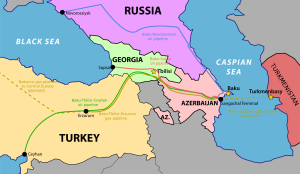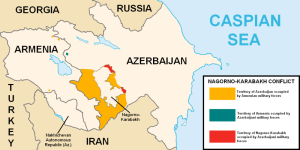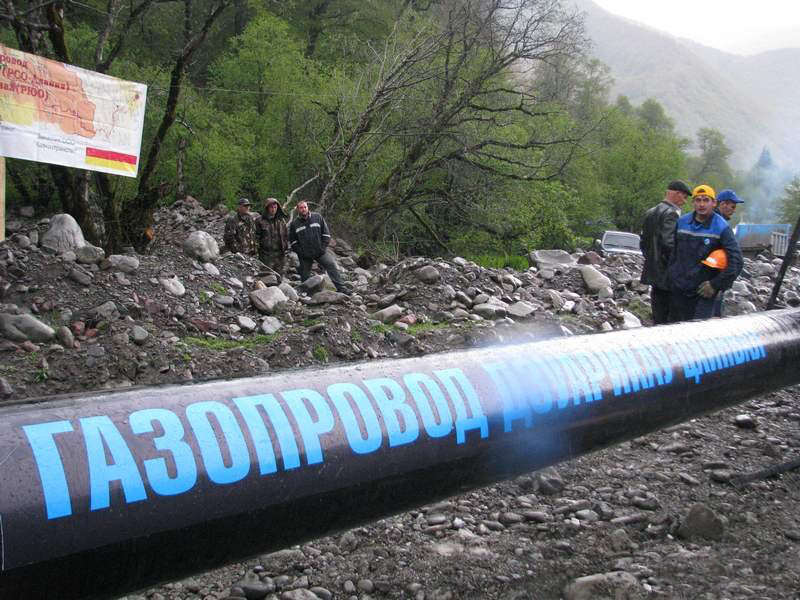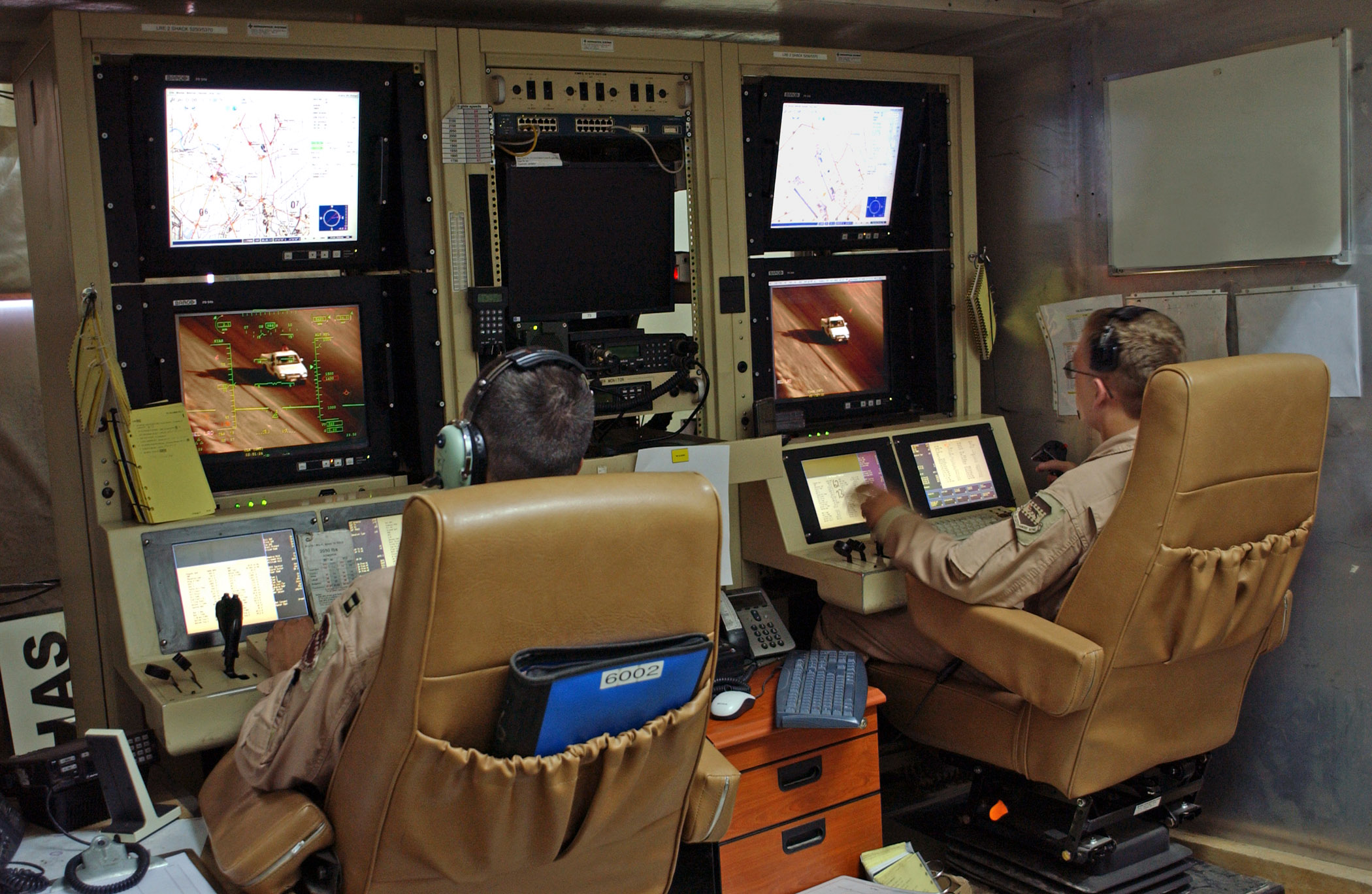N
ever underestimate the revelatory power of a map.
A thorough examination can reveal cooperation, tension, remnants of previous wars: the geopolitical reality of a specific region. Glance at any map of the South Caucasus which displays the labyrinthine network of gas and oil pipelines which snake across this volatile region, and question what you see. Ask yourself why specific pipelines might traverse through certain countries. Conversely, why might others be bypassed?
The pipeline network is a geopolitical reality of the South Caucasus; it acts as both an impetus and an illuminator of multilateral relations. An investigation into the pipeline nexus of the South Caucasus region illuminates much about the region itself. Simultaneously, an exploration into the past, present, and future of the South Caucasus inevitably centres around the construction of these pipelines. It is a story of warfare and occupation, of tension and cooperation, of friends becoming enemies and enemies becoming friends.
Indeed, the historical and geopolitical intrigue of the South Caucasus pipeline network is equally as complex and labyrinthine as the pipelines themselves. The narrative begins with the Caspian Sea: the birthplace of the oil industry. The region is home to several of the largest oil and natural gas reserves on the planet, and Baku, the capital of Azerbaijan, is the main beneficiary.
Known as the “black gold capital,” Baku produced unprecedented amounts of oil throughout the late 19th and early 20th centuries. By 1941, almost 72% of the USSR’s oil tonnage was being supplied by Baku, and all outgoing pipelines travelled through Russia. 
When the Soviet Union rapidly disintegrated in 1991, regional powers sought to develop new transportation routes for Caspian oil and gas.
On 20 September 1994, a coalition of Western oil companies, led by BP, and the State Oil Company of the Azerbaijan Republic (SOCAR) signed the “Contract of the Century:” an agreement to develop a regional oil pipeline from Baku to a location then undecided.
Various proposals were floated as to the direction and endpoint of the suggested pipeline, but the geopolitical realities of the region instantly negated many of these options. One such proposal detailed a pipeline running from Baku to Iran, another explored the option of Baku to Turkey via Armenia.
An Iranian endpoint was a non-starter for the coalition, due to the ongoing campaign of Western economic sanctions against the regime of Ayatollah Ali Khameini, which had been in place since the hostage crisis of 1979.
For Azerbaijan, a pipeline traveling through Armenia was also unacceptable, given the historically violent relations between the two countries over the status of Nagorno-Karabakh, to which both ethnicities have laid claim.
As the Soviet Union began its collapse, violent conflicts over the region in 1988 erupted into full-scale warfare and ethnic cleansing in 1992, culminating in over 100,000 casualties and approximately one million displaced civilians.
Today, the conflict remains unresolved and extremely combustable. Nagorno-Karabakh has claimed de facto unrecognized independence, while the UN asserts that Azerbaijan maintains de jure authority over the region.
The Azerbaijan-Karabakh border is incredibly volatile, as the state of war has never officially ceased. Heavily-armed trenches face each other across a 150-metre no-man’s land, and it seems that Azerbaijan and Armenia are no closer to a sustainable peace than they have ever been.
Given that the two countries have refused to enter into diplomatic relations for decades, the highest priority restriction for SOCAR was simple: the pipeline could not run through Armenian territory.
Amid these geopolitical tensions, Georgia suddenly became strategically vital to the success of the pipeline, which would now have to run through the Tbilisi in order to reach Turkey’s Mediterranean port of Ceyhan.
Although the investors were forced to spend a significantly larger sum in order to push the project circuitously through Georgia instead of directly through Armenian territory, by 2006 the project was operational and had met the most important political criterion: the BTC (Baku-Tbilisi-Ceyhan) pipeline, as it was eventually named, had bypassed Armenia.
Geopolitically isolated, sandwiched between historical adversaries Turkey and Azerbaijan, Armenia had little choice but to turn to Russia, much to the convenience of its Slavic neighbours. Today, Armenian trade and energy industries rely nearly entirely on Russia, which is currently Armenia’s largest import and export partner by tremendously large margins.
Just as the BTC oil pipeline was crafted with the expected result of isolating Armenia, the Southern Gas Corrid or project is presently being implemented with the effect of isolating Russia by creating alternative natural gas routes from Baku to Europe.
or project is presently being implemented with the effect of isolating Russia by creating alternative natural gas routes from Baku to Europe.
The South Caucasus Pipeline, running parallel to the BTC oil pipeline and stretching from Baku to Tbilisi to Erzurum, was completed in 2006. Extensions to this project are presently being constructed to facilitate gas transportation to Europe: both the Trans-Anatolian Natural Gas Pipeline (TANAP) and Trans-Adriatic Pipeline (TAP) are scheduled for completion in 2018.
Amid an unforgiving climate of international sanctions and regional economic isolation, Russia has recently decided to take matters further into its own hands.
On July 10th, Russian occupying forces in South Ossetia illegally erected new border signs hundreds of metres further into Georgian territory, as part of what Georgian policymakers have condemned as a “creeping annexation” of their territory.
Russia’s redrawing of these de facto borders is made all the more significant by the reality that the seized territory includes a one mile stretch of the BP-operated Western Route Export Pipeline, which has a transport capacity of 145,000 barrels of oil from Baku to the Georgian Black Sea port of Supsa.
Given the threatening possibility of illegal Russian pipeline tapping, BP has now begun exploring the possibility of removing the pipeline from the occupied territory.
With the South Caucasus eager to further distance itself from Russian interests, an opportunity to do so may be provided in the near future via a recent international watershed: the Iranian nuclear deal.
Iran possesses the second-largest natural gas reserves in the world, after Russia. Analysts predict that it will take three to five years after the international sanctions have been lifted before Iran will become a major gas exporter; however, members of the South Caucasus pipeline projects have wasted no time in attempting to court future Iranian gas exports by inviting Iran to join the Southern Gas Corridor.
Azerbaijan’s Trend News Agency, widely regarded as a pro-government news service, recently expressed that “the Azerbaijani project is today the only and main route through which Iranian gas can be delivered to European market.”
Aside from the transparent benefits for the Iranian economy, Iranian involvement in the SGC would be a tremendous coup for the member nations of Azerbaijan, Georgia, and Turkey: an increased gas flow capacity would translate into greater potential capital.
It would also be crucial in order for Europe to meet its projected future gas import quotas. In March, BP’s chief economist Spencer Dale stated that “the dependency of Europe on imports of gas will increase over the next 20 years from around half to three-quarters.” Iranian imports will be crucial to alleviating Europe’s dependency on Russia.
As much as the direction of the South Caucasus pipeline network has been dictated by economics, it has also been dictated by foreign policy and multilateral relations.
The past, present, and immediate future of this maze of pipelines has revolved around a necessity to neutralize Russian regional influence. The specific direction of future projects remains to be seen; however, while President Putin continues to pursue regionally disruptive policies, it can be assumed that these circumventive pipeline projects will continue.




